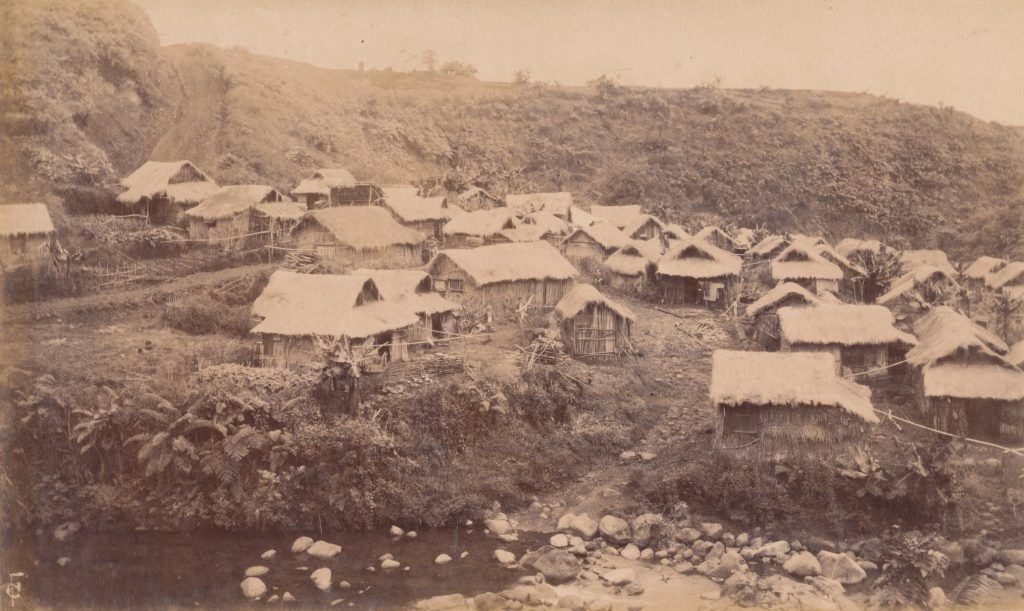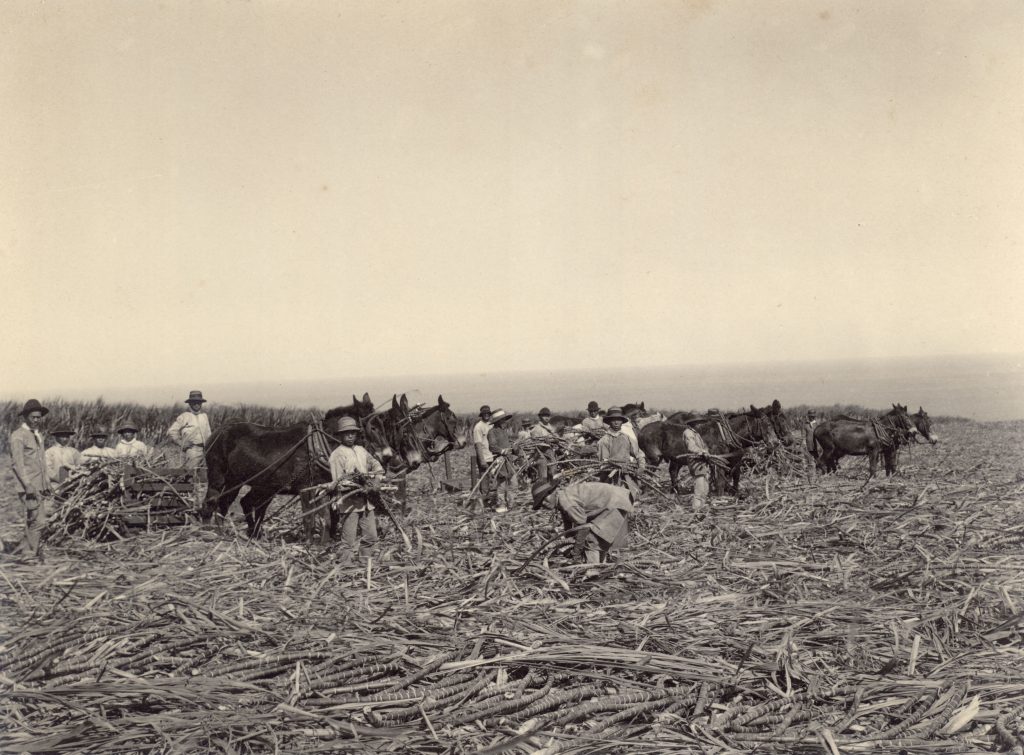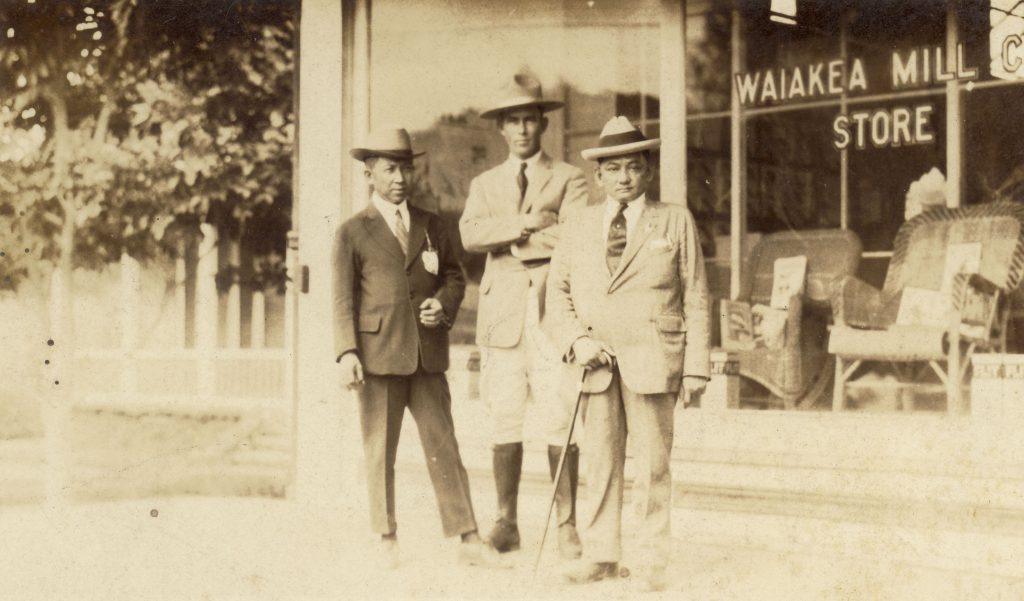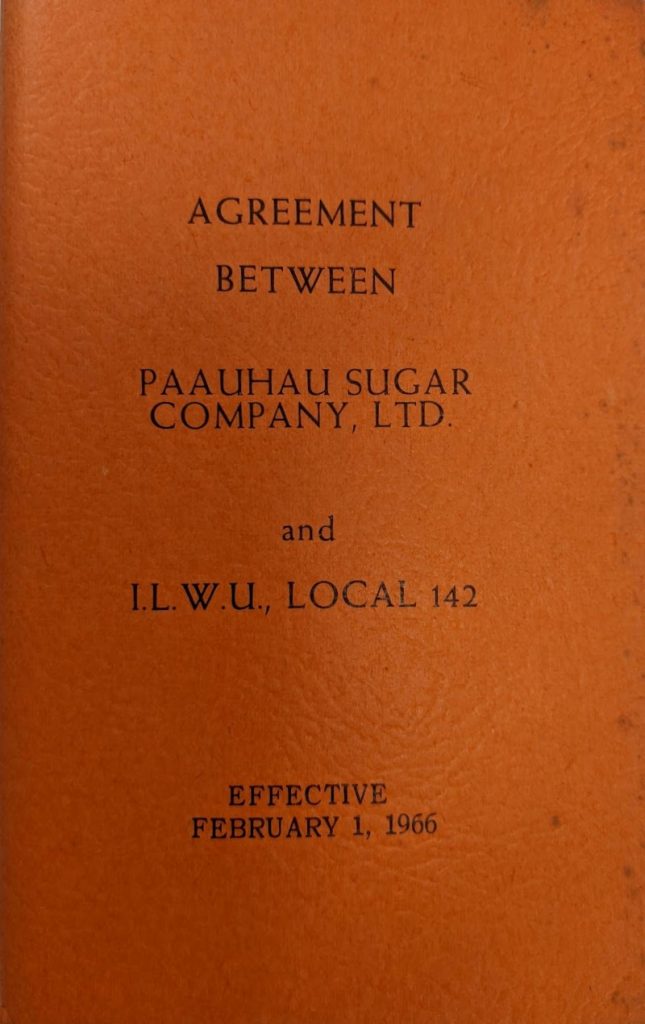With determined effort, labor unions organized to change policies and conditions for workers. The 1935 National Labor Relations Act allowed union membership in the U.S. In 1937 the International Longshore and Warehouse Union (I.L.W.U.) organized in Hawai‘i. A diverse group of workers joined the union: Chinese, Portuguese, Japanese, Puerto Rican, Korean, and Filipino.
The annual celebration of the economic achievements of U.S. workers occurs on the first Monday in September. Americans first celebrated the holiday in New York City in 1882. After violence related to the Pullman railroad strike and political efforts, President Grover Cleveland established a federal holiday in 1894.
The Lyman Museum preserves labor union documents within the records of four sugar companies: Kohala, Hāmākua, C. Brewer and Hilo Coast Processing. The Archives is open for research by appointment. Learn more at https://lymanmuseum.org/archives/research-collection/.





Companies and unions created documents like this 1966 Agreement Between Paauhau Sugar Co. and I.L.W.U. Local 142 to address benefits, discrimination, grievances, hours and overtime, housing, seniority, and wages. Companies also maintained lists of union members, arbitration deals, and contracts.
